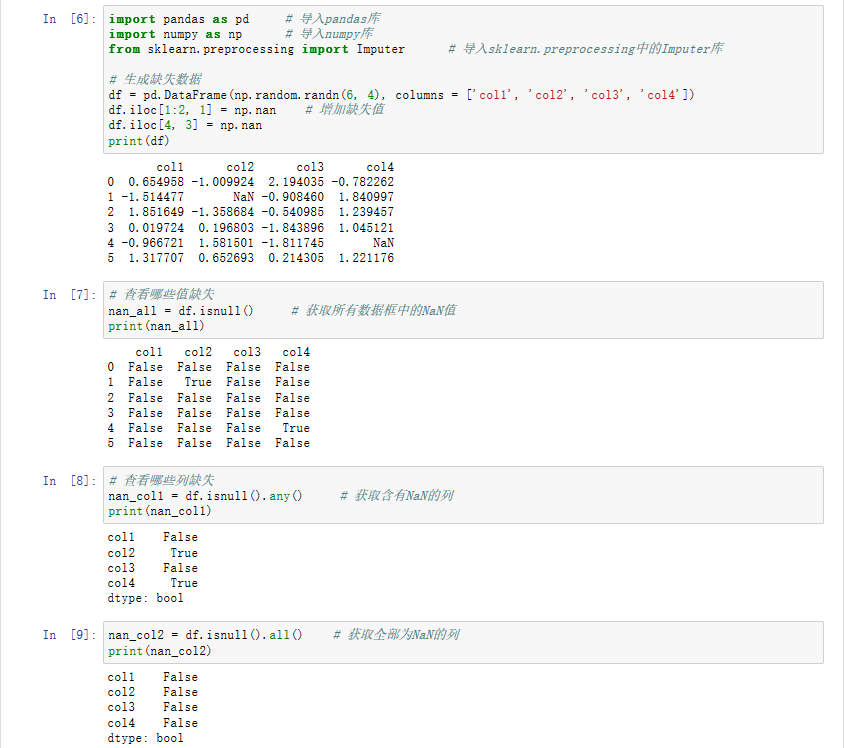I'm trying to reach peak performance of each SM from the code below. The peak lies somewhere between 25 GFlops(GTX275-GT200 Arch.). This code gives 8 GFlops at the max.
__global__ void new_ker(float *x)
{
int index = threadIdx.x+blockIdx.x*blockDim.x;
float a,b;
a=0;
b=x[index];
//LOOP=10000000
//No. of blocks = 1
//Threads per block = 512 (I'm using GTX 275 - GT200 Arch.)
#pragma unroll 2048
for(int i=0;i<LOOP;i++){
a=a*b+b;
}
x[index] = a;
}
I don't want to increase ILP in the code. Any ideas why it's not reaching peak??
int main(int argc,char **argv)
{
//Initializations
float *x;
float *dx;
cudaEvent_t new_start,new_stop;
float elapsed;
double gflops;
x = 0;
flag = 0;
cudaMalloc((void **)&dx,sizeof(float)*THPB);
//ILP=1
cudaEventCreate(&new_start);
cudaEventCreate(&new_stop);
printf("Kernel1:\n");
cudaEventRecord(new_start, 0);
new_ker<<<BLOCKS,THPB>>>(dx);
cudaEventRecord(new_stop,0);
cudaEventSynchronize(new_stop);
cudaEventElapsedTime(&elapsed,new_start,new_stop);
x = (float *)malloc(sizeof(float)*THPB);
cudaMemcpy(x,dx,sizeof(float)*THPB,cudaMemcpyDeviceToHost);
gflops = ((double)(BLOCKS)*(THPB)*LOOP/elapsed)/1000000;
printf("\t%f",gflops);
cudaEventDestroy(new_start);
cudaEventDestroy(new_stop);
return 0;
}
Platform:
CUDA 3.0
NVIDIA GeForce GTX275 (GT200)
If I put together a complete repro case from your code, using the correct FLOP calculation:
#include <stdio.h>
#define LOOP (10000000)
#define BLOCKS (30)
#define THPB (512)
__global__ void new_ker(float *x)
{
int index = threadIdx.x+blockIdx.x*blockDim.x;
float a,b;
a=0;
b=x[index];
#pragma unroll 2048
for(int i=0;i<LOOP;i++){
a=a*b+b;
}
x[index] = a;
}
int main(int argc,char **argv)
{
//Initializations
float *x;
float *dx;
cudaEvent_t new_start,new_stop;
float elapsed;
double gflops;
x = 0;
cudaMalloc((void **)&dx,sizeof(float)*THPB);
//ILP=1
cudaEventCreate(&new_start);
cudaEventCreate(&new_stop);
printf("Kernel1:\n");
cudaEventRecord(new_start, 0);
new_ker<<<BLOCKS,THPB>>>(dx);
cudaEventRecord(new_stop,0);
cudaEventSynchronize(new_stop);
cudaEventElapsedTime(&elapsed,new_start,new_stop);
x = (float *)malloc(sizeof(float)*THPB*BLOCKS);
cudaMemcpy(x,dx,sizeof(float)*THPB*BLOCKS,cudaMemcpyDeviceToHost);
gflops = 2.0e-6 * ((double)(LOOP)*double(THPB*BLOCKS)/(double)elapsed);
printf("\t%f\n",gflops);
cudaEventDestroy(new_start);
cudaEventDestroy(new_stop);
return 0;
}
And I compile it and run it on a 1.4GHz GTX275 with CUDA 3.2 on a 64 bit linux platform:
$ nvcc -arch=sm_13 -Xptxas="-v" -o perf perf.cu
ptxas info : Compiling entry function '_Z7new_kerPf' for 'sm_13'
ptxas info : Used 4 registers, 8+16 bytes smem, 8 bytes cmem[1]
$ ./perf
Kernel1:
671.806039
I get within 0.01% of peak FLOP/s for that card running a pure FMAD code (1.4 GHz * 2 FLOP * 8 cores/MP * 30 MP) = 672 GFLOP/s.
So it seems that the code does, in fact, hit peak FLOP/s with one block per multiprocessor, but you just are not calculating the FLOP/s number correctly.



![Prime Path[POJ3126] [SPFA/BFS] Prime Path[POJ3126] [SPFA/BFS]](https://oscimg.oschina.net/oscnet/e1200f32e838bf1d387d671dc8e6894c37d.jpg)
